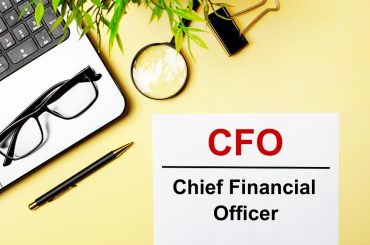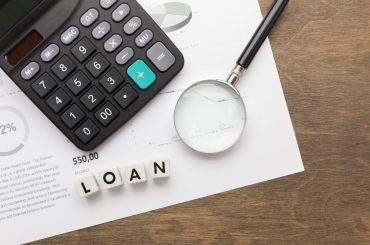Covid-19 has created a tremendous financial impact on businesses all over the world. It changed the way a company’s finance department forecasts its future performance. Coming up with a financial forecasting prototype could be difficult as the estimations might go wrong at times of uncertainty.
Businesses should focus on their long-term goals and effectively plan the strategies to execute the forecasting model. While preparing the forecasts, it is important to stress test their expected performance to determine their ability to tackle another economic crisis.
Why Is Financial Forecasting Necessary?
Business development will not happen overnight. It needs carefully developed plans, detailed insights, and forecasting. Your company’s finance experts should analyze your financial affairs’ past and current state to estimate the financial forecasting for your business.
Financial forecasting acts as the primary tool for making budgeting decisions. An effective prediction will help you demonstrate to your investors and creditors that your business has a plan and is prepared for any unexpected circumstances that might impact revenues and budgets. It also helps companies to prepare for an increase in demand for their goods and services.
Business owners benefit from preparing practical business goals to make the right decisions and control cash flow. It has the potential to determine the possible risks and cash shortfalls to stay away from financial crises. A perfect financial forecasting model helps entrepreneurs secure funding like bank loans and venture capital for their business by proving their ability to repay the loan.
Below we have listed the practical steps to build better financial forecasting for your business during these challenging times.
Prepare the Income Statement
Start your business forecasting plan by preparing the income statement of your business. An income statement helps you determine your business’s financial position and progress and serves as proof of your business’s success.
It contains sections for revenue and expenses, including net sales, gross profit, cost on sold goods, selling expenses, general and administrative expenses, and net profit.
Softwares like Quickbooks, Xero, SageIntacct assist you in creating the balance sheet and preparing the effective income statement.
Revenue Projections
Revenue projections are an estimate of how much money a company will generate over a while. You might have prepared the income statement and have a good understanding of how your business makes money.
Now calculate the revenue projection for your business with the following formula.
Projected revenue = projected income – projected expenses.
To calculate revenue projections, follow these steps
Step 1: Estimate how much you are going to sell
Step 2: Calculate projected income
Step 3: Calculate projected expenses
Step 4: Subtract the projected expenses from projected income
Variable Expenses
Variable expenses, also referred to as variable costs, change depending on your revenue. Variable costs increase as the number of goods and services increases and decrease as the number of goods and services decreases.
You can get them by referring to the income statement as expenses on sold goods or selling expenses. Variable expenses can be utility costs, automobile usage expenses like fuel and maintenance, direct labor, transaction fees, or commissions.
You can easily calculate variable expenses from the following formula.
Total Variable Cost = Total Quantity of Output x Variable Cost Per Unit of Output
Fixed Costs Forecasting
Fixed costs are expenses that happen regardless of the business has any production or sales process. Hence it can be calculated easily. Some of the fixed costs are salaries to employees, rent charges, equipment purchasing charges, or other such expenses that you know you need to pay, whether or not you sell one product or a million products.
Most of these expenses are either the same every year or grow at a fixed and foreseeable rate. You can forecast those expenses, and they will form your operating costs, non-operating costs(such as interest on loans, etc.), and a small part of your sold goods expenses. The next step is to put the income statement together and complete any missing lines.
Expand the Balance Sheet and Cash Flow Statement
A balance sheet is a financial report that provides a summary of the financial position of your business on a specific day. To prepare a balance sheet, you need to input your short-term and long-term resources. The next step is to input the current and long-term liabilities and then calculate the final numbers.
A cash flow statement is the summary of the amount of cash entering and leaving the business for a specific future period. To forecast your cash flow statement, evaluate the expected sales per month, estimate when you will receive your future payments, and then calculate the costs.
Final Thoughts
Preparing the financial statements for your business might be an arduous task, and financial forecasting could be even more difficult. Always remember to keep track of your company’s financial projections so that you can describe them and break down the complicated items. This would help you and your team members to achieve better forecasting and understand the primary factors.




